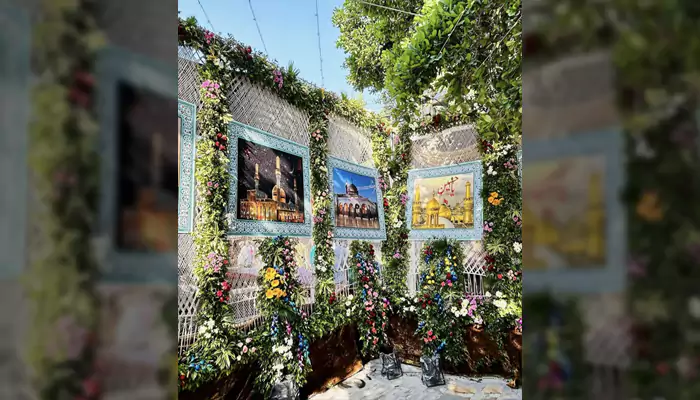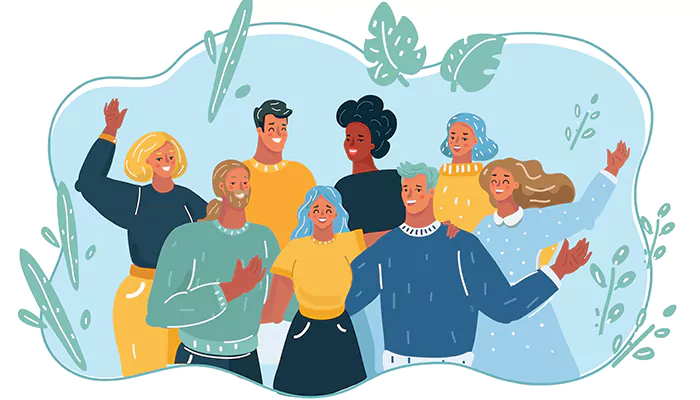Revolutionising Tradition: The Evolution of Latin American Spring Festivals
- Admin
- 1 year ago
- 3 minutes read

Exploring contemporary takes on time-honoured celebrations across Latin America
Latin American spring festivals have roots in customs that go back hundreds of years, but they are always changing to reflect how society, culture, and technology are changing. Latin American spring events keep up with new tastes, trends, and problems by adding new twists to old traditions. This keeps them alive and relevant in the 21st century.
Mixing of Cultural Influences
Latin American spring holidays have always been a mix of different cultures, with native traditions mixed with European traditions brought by European settlers. Today, this fusion keeps growing by adding parts of different nations from around the world. For example, Brazil's Carnival has roots in African and Portuguese culture, but it also includes modern music styles like funk, hip-hop, and electronic dance music.
Acceptance of Technology
Today, technology is an important part of spring holidays in Latin America because it makes it easier for people to talk to each other, organise events, and take part. Festival organisers can use social media to get the word out about their events, interact with attendees, and share live information in real time. Mobile apps give festival goers maps, schedules, and details about performances and events, which makes the whole experience better.
Sustainability and Environmental Awareness
Sustainability and environmental awareness have become more important to Latin American spring events over the past few years. Many festivals use eco-friendly methods like reducing waste, recycling programmes, and biodegradable materials because they know how important it is to protect natural resources and lessen their effect on the environment. For instance, the Feria de las Flores in Medellin, Colombia, supports eco-friendly farming and tourism, showing how important it is to care for the environment while honouring cultural history.
Diversity and inclusion
As societies become more open and accepting, Latin American spring events have changed to show how diverse and rich their multicultural communities are. Efforts to support LGBTQ+ rights, gender equality, and indigenous representation have become important parts of many events, making everyone feel like they belong and are accepted. These events honour the mix of identities and experiences that make up Latin American culture in the 21st century, from parade floats that include everyone to a wide range of performers and artists.
New ideas in art and performance
Cultural and heritage celebrations in Latin America are centred around art. Music, dance, and visual arts all play important parts in these events. In recent years, festivals have welcomed new ways of expressing art by including multimedia installations, interactive exhibits, and acts that break the rules of custom. From digital art projections to experimental theatre productions, these creative projects show how audiences' tastes and views are changing today.
Latin American spring festivals, which are rooted in custom but also open to new ideas, show how the past and the present, heritage and progress, interact in a dynamic way. Even though they change over time, these festivals are still important ways to show identity, community, and national pride. They bring together people of all ages and backgrounds across borders and generations.
Latin American spring festivals continue to captivate and inspire people all over the world through their mix of cultural influences, use of technology, dedication to sustainability, support of diversity and inclusivity, and new ideas in art and performance. Celebrating the richness and diversity of their shared heritage, they are live examples of the strength, creativity, and spirit of the Latin American people.












